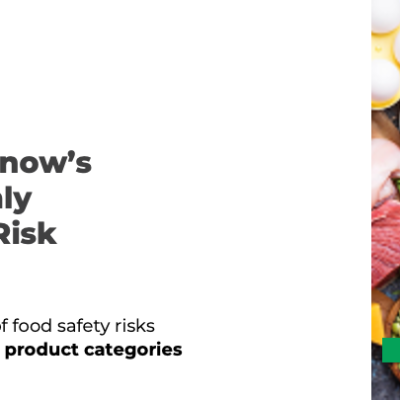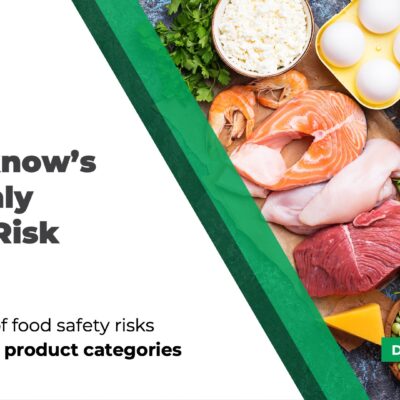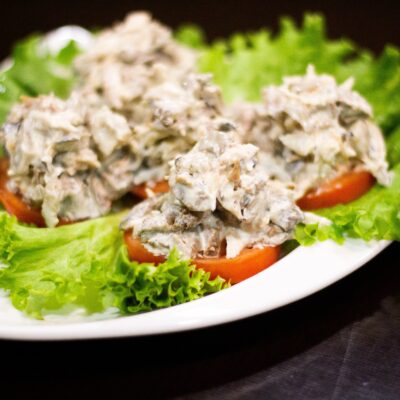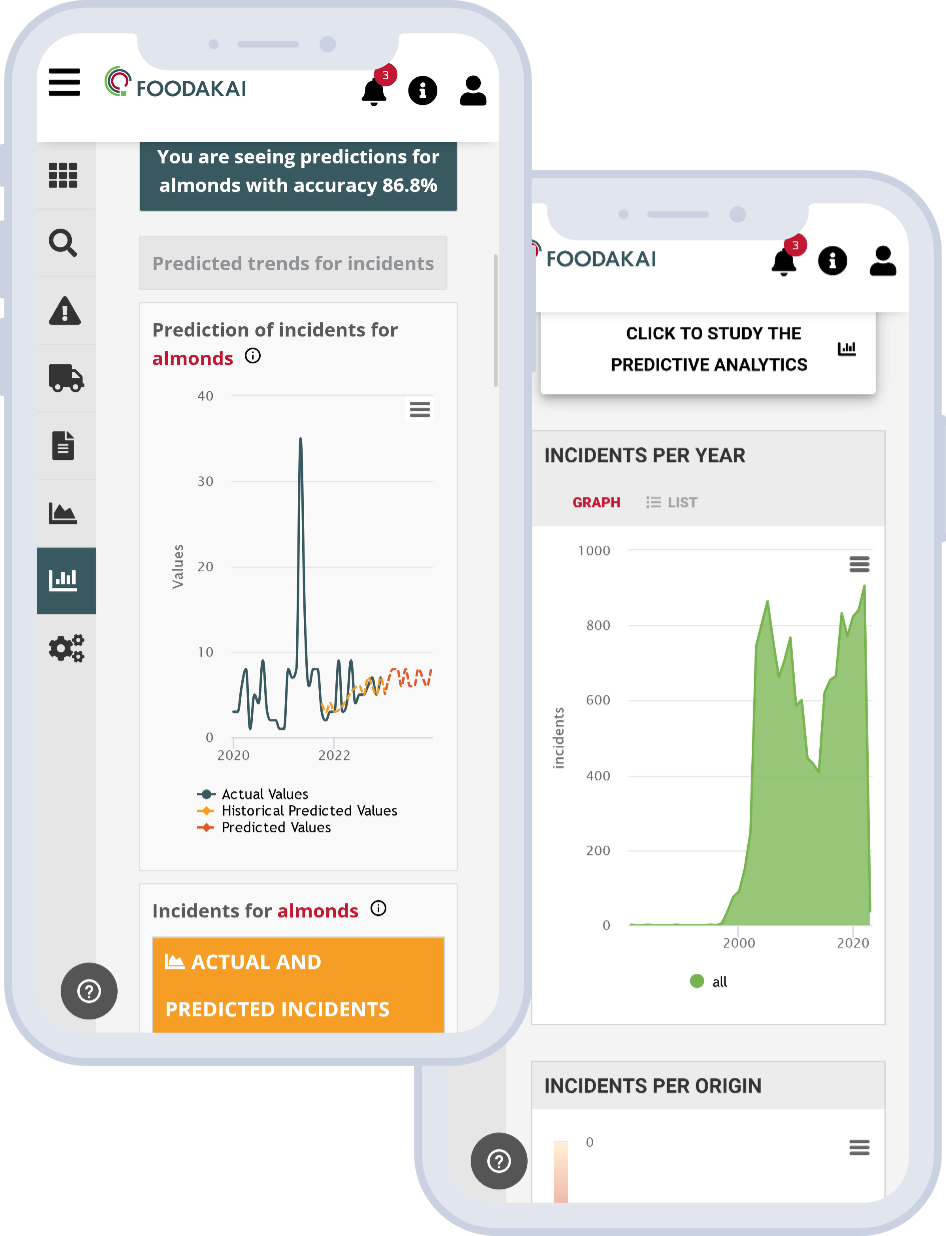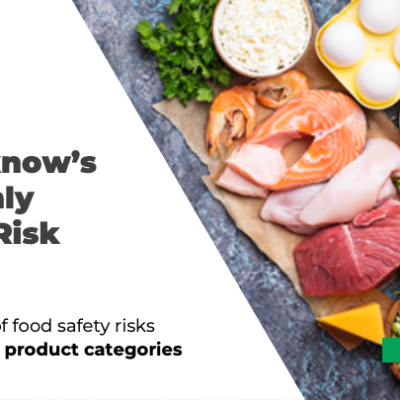
Mycotoxins Food Safety Trends: Key Takeaways
Last month Agroknow published the “Mycotoxins Trends Forecasts: Leveraging AI to Forecast Mycotoxins Trend in Key Food Categories Report” discussing the risk that Mycotoxins pose for the supply chain and how building AI & Predictive Analytics can strengthen food safety management systems through the incident forecasts for Mycotoxins risks.
The challenge
As 60%-80% are found to be contaminated by Mycotoxins, food & beverage companies spend more and more money each year trying to test for mycotoxins, faced with the dilemma of testing wide or testing frequently. Food & beverage companies are uncertain about how to best manage the mycotoxins that might affect their products each year, as they are looking for way to define a risk-based monitoring program that benefits from an enhanced overview and forecasts that would allow them to focus on focus on the high-risk mycotoxins.
The need arises for food & beverage companies to able to forecast future risks regarding Mycotoxins raw materials and ingredients. What is the value of AI and Predictive analytics and how can they offer highly accurate forecasts on future mycotoxins risks in food products?
Highlights of the Report
Here are some highlights of the report:
- Factors that can increase the risk of mycotoxins in food and feed include: geopolitical issues, Ukraine War, Climate Change, Food Insecurity
- The impact of Mycotoxins in the supply chain
- Tools that help mitigate mycotoxins risks
- Methodology & Design Principles to build AI Models to Predict risk
- An Overview Global Incidents Trends Forecasts for Mycotoxins through FOODAKAI
- Incidents Trends Forecasting for Cereal & Bakery Products, Nuts & Seeds, Herbs & Spices, Milk & Milk Products, Fruits & Vegetables through FOODAKAI
- Reflections on the applicability of AI from Maria Velissariou, Ex-Corporate R&D VP and CSO, Mars and Founder, Maria Velissariou Consulting LLC and Joe (Joseph) Tierney, Regulatory and Food Safety Department Lead at Tirlán, Chris Elliott, Professor of Food Safety and Microbiology at Queen's University Belfast, and Giannis Stoitsis, CTP at Agroknow.
Note: All data were extracted in October 2023 through FOODAKAI, the AI and predictive analytics platform.
Key Takeaways from the Report
Some of the important takeaways from the report included:
- In the last 3 years, there has been an increased number of incidents involving Mycotoxins, with more than 50 on average.
- USA and Turkey are countries with higher risk for sourcing ingredients when it comes to incidents attributed to Mycotoxins contamination
- Peanuts, forecasted number of incidents to be doubled in next 12 months (248%)
- There is a clear increasing trend for Mycotoxin incidents in Cereal & Bakery products after 2016.
- AI can potentially help in operational & strategic decision making when it comes to Ingredient sourcing, Risk Management Setting Quality Standards and more according to Maria Velissariou.
- AI can also be considered when deciding grain sourcing decisions, recipe management and risk tool purchasing decision as Joe Tierney Stated.
- The demystification of AI, introduction of training, partnerships, definition of data and validation standards, involvement of food safety experts in AI model Design and Informative Use cases can help efficiently deploy predictive models for Mycotoxins in the Food Safety Industry.
Download the full report here.
Want to receive helpful food safety intelligence in your inbox?


